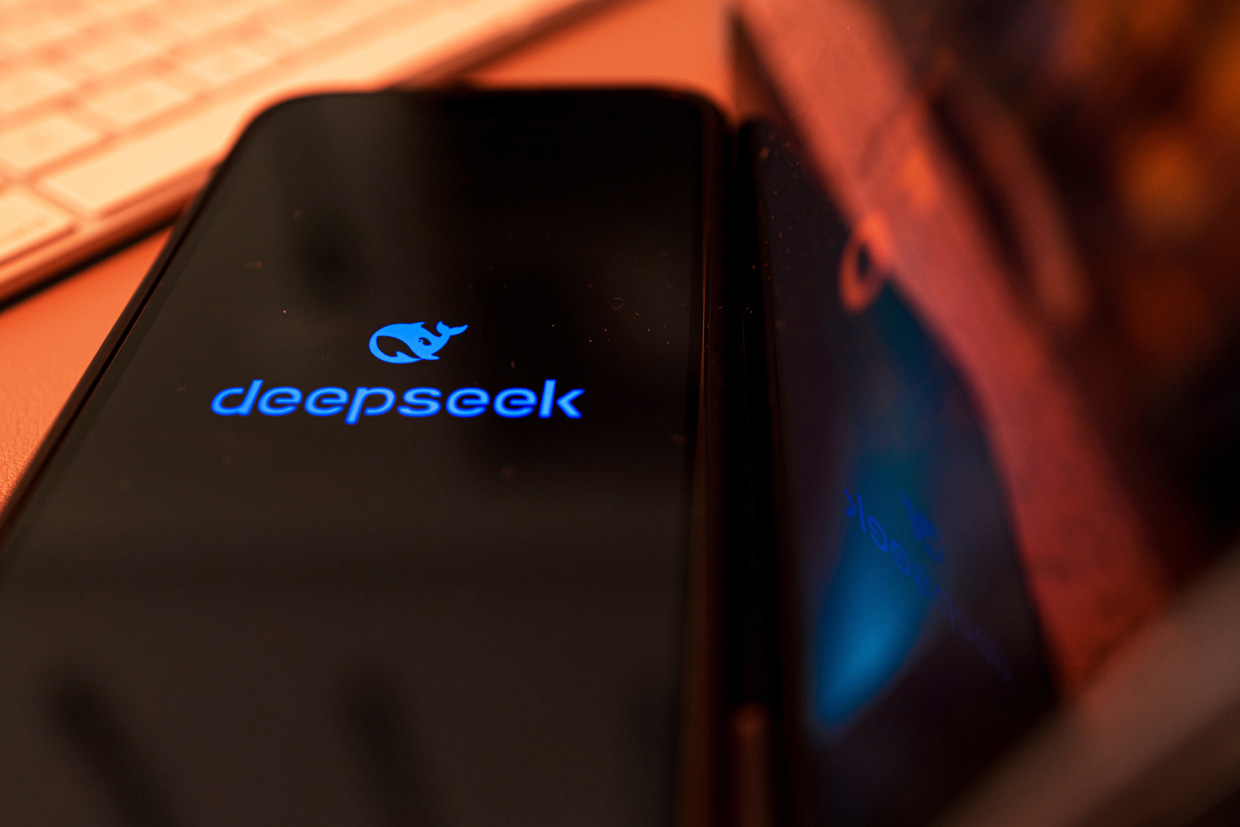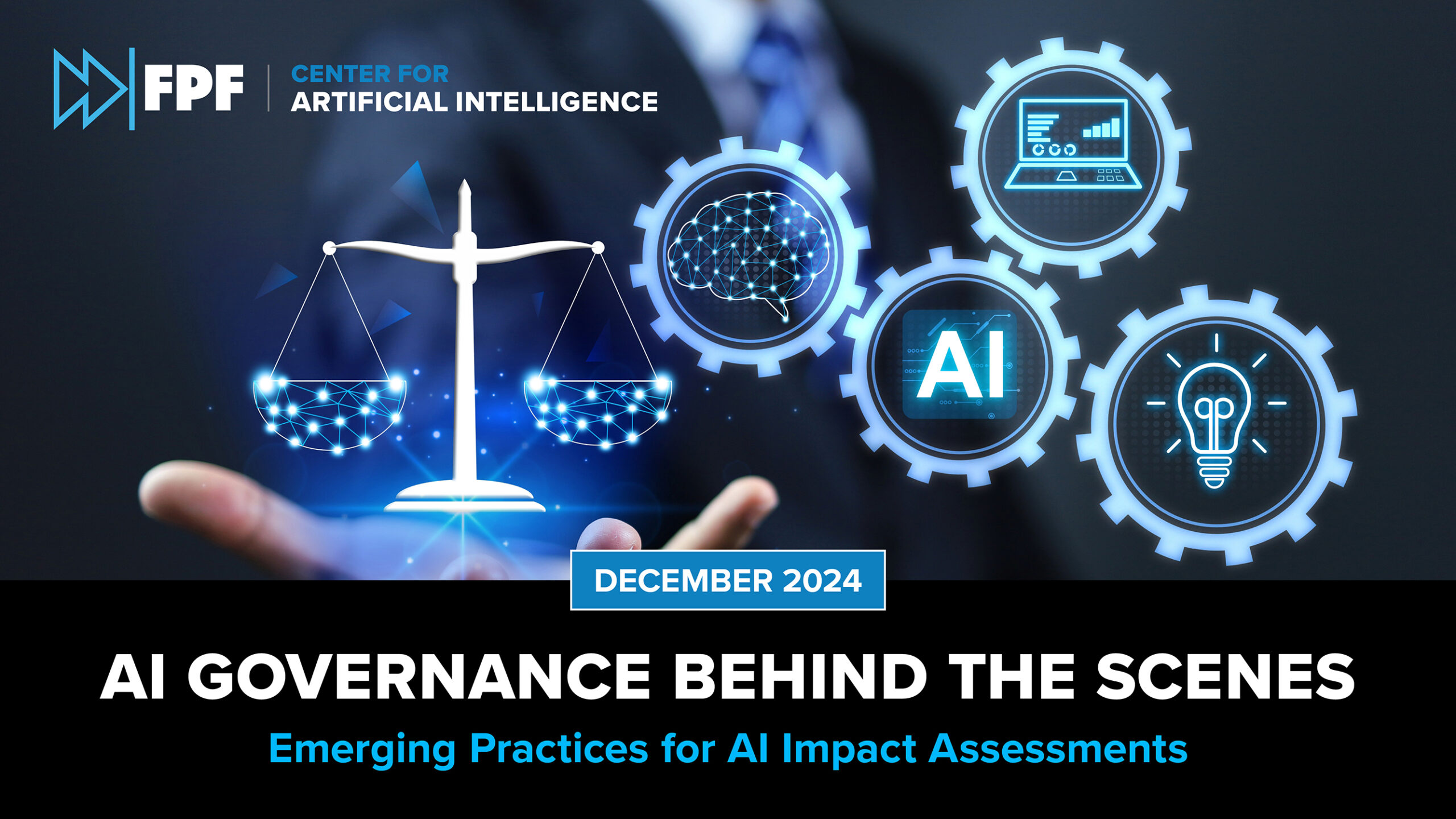
Skotak
Add a review FollowOverview
-
Founded Date setembro 24, 1993
-
Sectors Motorista
-
Posted Jobs 0
-
Viewed 59
Company Description
The Chinese AI Enterprise Donald Trump Claims is actually a ‘Wakeup Call’ For America’s Tech Hub

DeepSeek states its latest AI design is as great as those of its American rivals, was more affordable to construct and it’s available free of charge. What does that mean for US AI supremacy?
A Chinese business called DeepSeek, which recently open-sourced a large language design it declares carries out as well as OpenAI’s most capable AI systems, is now the white hot focal point for the AI neighborhood. Its tech is being admired as one of the very best open-source challengers to top American AI designs, stiring stress and anxieties about China’s formidability in the magnifying global AI race and spurring U.S. start-ups to re-examine their own work after a foreign competing relatively did so a lot more with so less resources.
In late December, the little Chinese lab, based in Hangzhou, launched V3, a language design with 671 billion specifications, which was supposedly trained in 2 months for simply $5.58 million. That’s a cost orders of magnitude less than OpenAI’s GPT-4, a bigger model at an estimated 1.8 trillion specifications, however built with a $100 million cost. Recently, DeepSeek tossed down another onslaught, launching a design called R-1, which it declares rivals OpenAI’s o1 design on what’s called “reasoning tasks,” like coding and resolving complex mathematics and science problems. OpenAI charges users $200 per month for such designs; DeepSeek uses its own for totally free.
The power of DeepSeek’s design and its rates are currently moving the method American AI startups run their organizations. It’s a cheap, engaging option to offerings from incumbents like OpenAI, Jesse Zhang, CEO of Decagon, which develops AI agents for consumer service, told Forbes. DeepSeek’s new model will likely require American AI giants like OpenAI and Anthropic to review their own prices.
Eiso Kant, CTO and co-founder of Poolside AI, a unicorn that builds AI for software engineering, told Forbes that DeepSeek’s strength remains in its engineering ability to do more with less.
“What DeepSeek is revealing the world is that when you put a strong focus on making your training compute-efficient, you can do a lot,” he stated. “There’s unbelievable things that you can continue to eject of these Nvidia chips to make them exceptionally more effective.”
“It’s kind of wild that someone can enter and invest hundreds of countless dollars for a closed source model. And then suddenly you get an open-source one that’s just out there totally free.”
With OpenAI’s o1 model allegedly bested on certain standards, some startups have already begun getting data to train more innovative systems, Manu Sharma, CEO of information identifying business Labelbox informed Forbes. “I think the AGI race is kind of reset in numerous ways,” he stated. “We are going to just see a lot more competitiveness throughout the board.”
Alexandr Wang, the billionaire CEO of training data behemoth Scale AI, recently called the model “earth shattering.” And Aravind Srinivas, CEO of $9 billion-valued AI search startup Perplexity has stated that he prepares to incorporate the design into the primary search item. AI chip company Groq has actually currently added DeepSeek’s R1 design to its language processing units. (In June, Forbes sent out Perplexity a cease and desist after accusing the startup of using its reporting without approval.)
Others are less impressed. Writer CEO May Habib informed Forbes she’s not shocked that DeepSeek’s designs, trained on a substantially smaller budget plan, have the ability to match the most intelligent models in the US. In October, Writer introduced a design that was trained with just $700,000, when it cost $4.6 million for OpenAI to develop a design with similar capabilities. The company utilized synthetic information to decrease its training expenses.
“Even before DeepSeek’s model exploded on the scene, we have actually been saying that these models are commoditizing. They’re getting more and more dispersed,” Habib stated.
Over the weekend, as buzz about the company grew, DeepSeek surpassed ChatGPT on Apple’s app shop, ranking No. 1 totally free app downloads in the United States. Then, on Monday, a number of U.S. tech stocks nosedived as panic around DeepSeek’s successful model launch spread. By day’s end, AI chip behemoth Nvidia’s market cap had actually been shaved down almost $600 billion.
It was an incredible upending of the AI world order. “It’s kind of wild that somebody can enter and invest numerous countless dollars for a closed source model,” Greg Kamradt, president of ARC Prize, a not-for-profit that benchmarks AI designs, told Forbes. “And after that suddenly you get an open-source one that’s just out there free of charge.”

For weeks DeepSeek’s models have been admired by some of the most prominent names in the AI world consisting of Meta’s chief AI scientist Yann LeCun, OpenAI cofounder Andrej Karpathy and Nvidia’s senior research study researcher Jim Fan. But news of the business’s newest achievement has sent America’s AI heavyweights scrambling to find out simply how the Chinese business is getting such remarkable outcomes while investing a lot less cash.
“Deepseek R1 is AI‘s Sputnik moment,” investor-billionaire Marc Andreessen composed on X.
“The release of DeepSeek, AI from a Chinese business, ought to be a wakeup require our industries that we require to be laser-focused on competing to win.”
Despite the pomp and of the Trump administration’s recent AI announcements, DeepSeek has actually heightened worries that the U.S. might be losing its AI edge – especially due to the fact that it’s been so successful in spite of the tight US export controls that avoid it from utilizing Nvidia’s state of the art AI chips. The company’s most current accomplishment is a sobering counterpoint to Project Stargate, a joint endeavor in between OpenAI, Oracle and Japanese tech corporation Softbank, to invest $500 billion in AI infrastructure.

Ahead of a conference with House Republicans in Florida on Monday, Trump acknowledged the danger. “The release of DeepSeek, AI from a Chinese business, should be a wakeup call for our industries that we need to be laser-focused on contending to win,” he said.
There are cautions to DeepSeek’s newest accomplishment. Researchers have actually found its AI models tend to self-censor on topics that are delicate to the Chinese Communist Party (CCP). Security researcher Jane Manchun Wong told Forbes DeepSeek’s models do not react to questions about Chinese President Xi Jinping and the 1989 Tiananmen Square demonstrations. Beyond this, there are privacy issues. Data participated in DeepSeek’s models is saved in servers located in China, according to its policies.
Divyansh Kaushik, a vice president at nationwide security advisory company Beacon Global Strategies warned Forbes versus individuals using DeepSeek without extensive vetting. “Unless we can have clear national security and complimentary speech evaluations of Chinese models, they must be dealt with like propaganda arms of the CCP,” he stated. “They ought to be treated as Huawei on steroids.”
The problem is DeepSeek’s worth proposition: a cutting-edge AI thinking model that’s totally free to utilize and open in the closed, fee-based AI world being built by companies like OpenAI and Anthropic. “It’s better to have a Chinese design that is open source versus an American model that is closed source,” said Labelbox’s Sharma.

